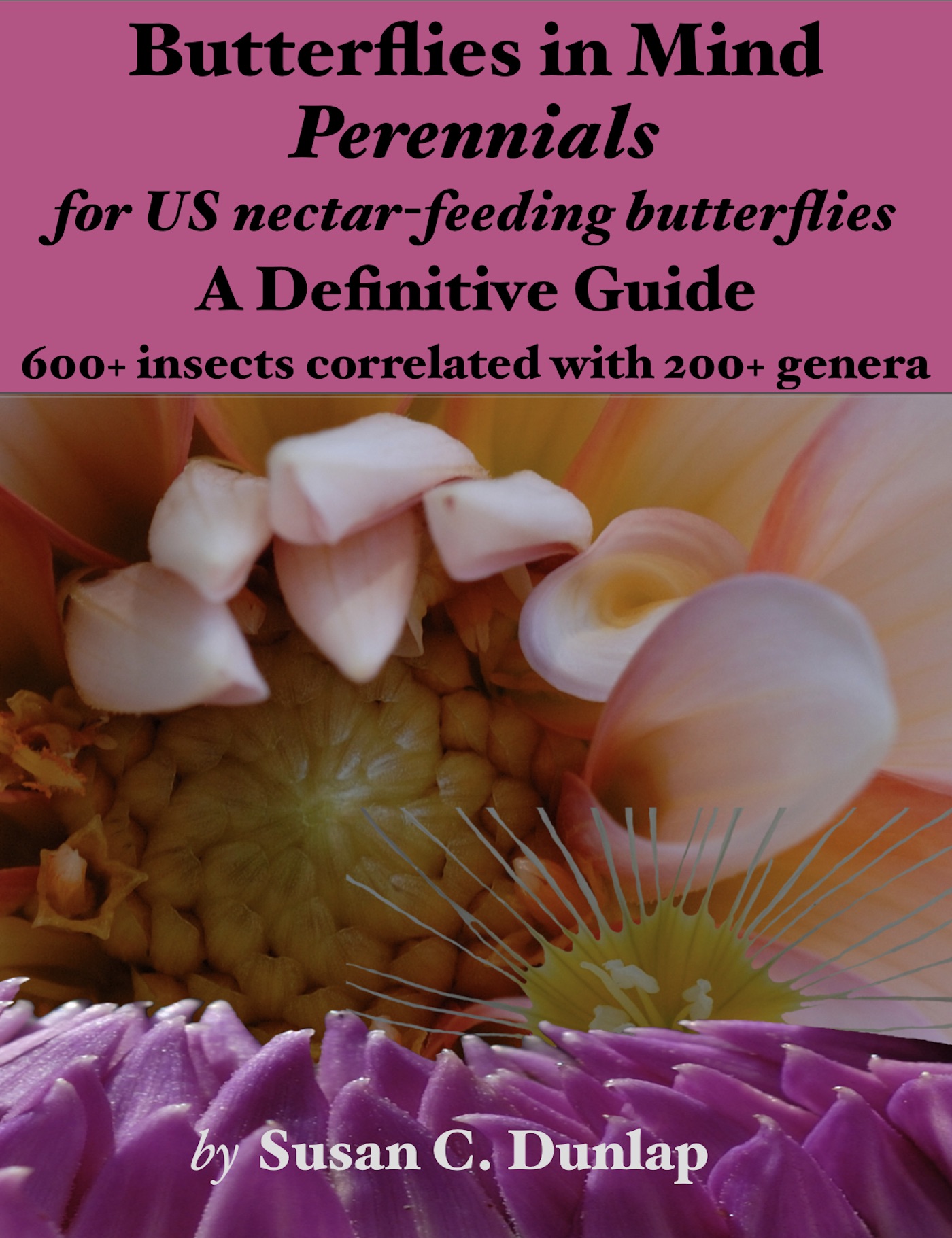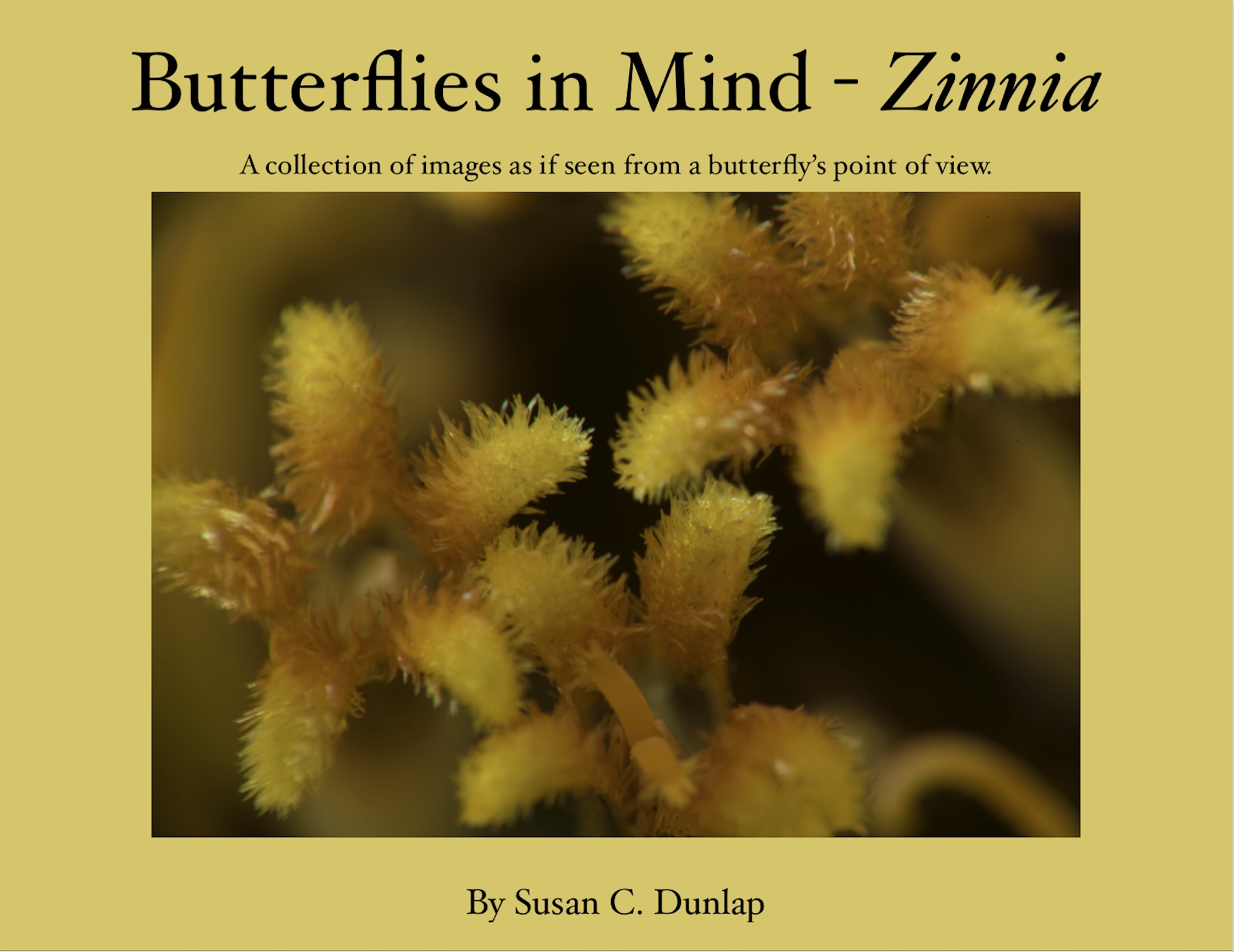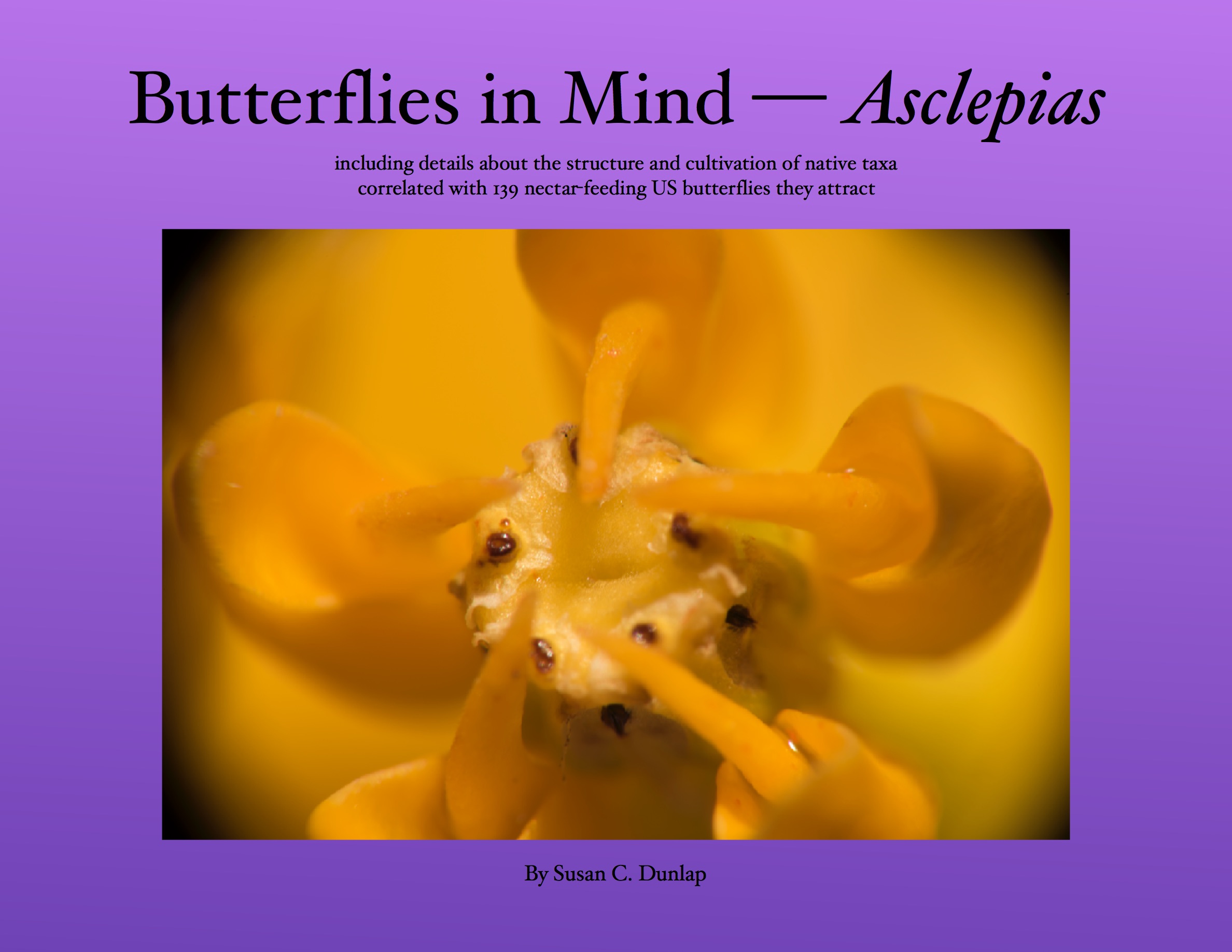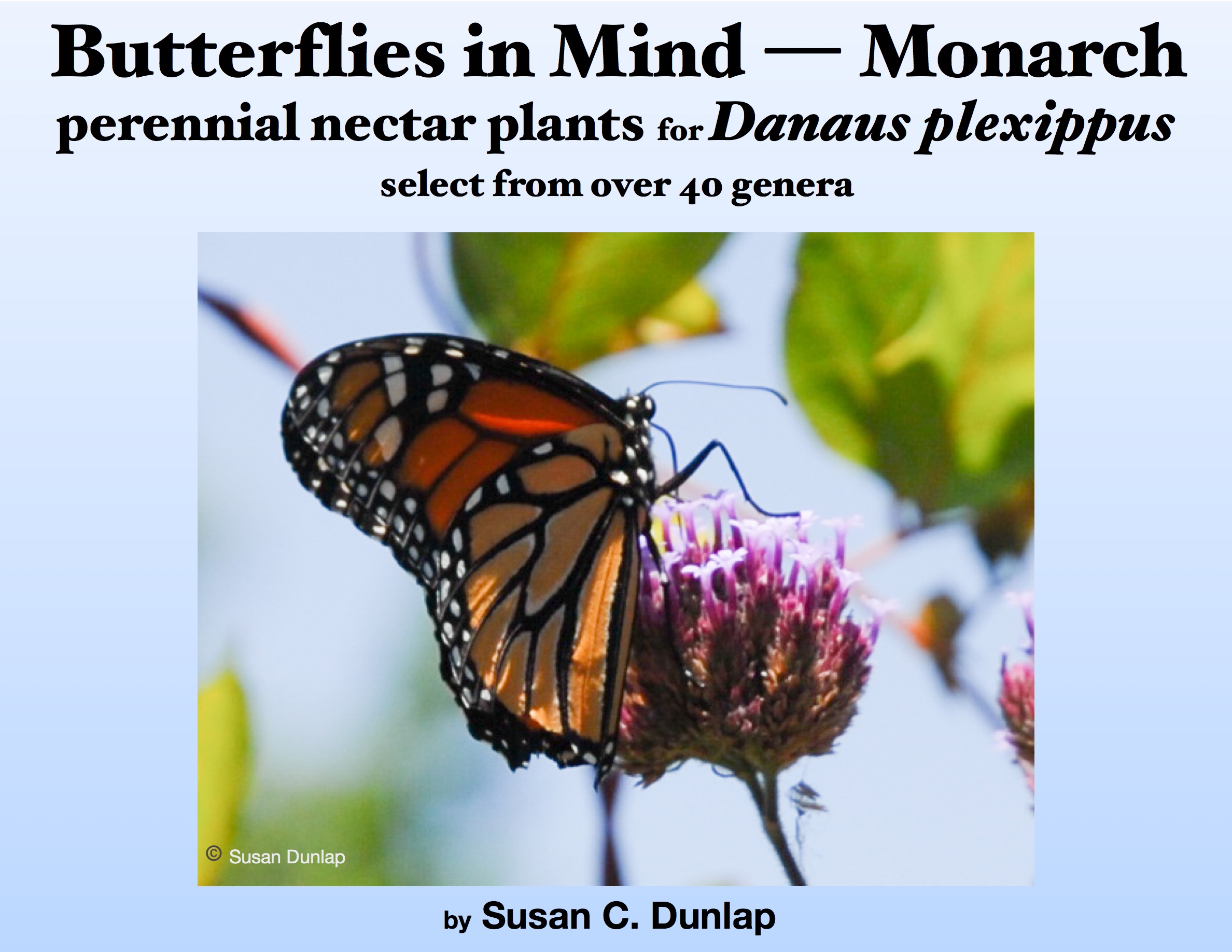Guide to Plant Nomenclature
Aerulean has made a best effort to use the most current accepted names for each plant in our database and to provide you with all the names you are likely to encounter both in professional literature and in the marketplace. We currently use www.ThePlantList.org, The Royal Horticultural Society Plant Finder, The Index of Garden Plants, and the Missouri Botanical Garden as our primary references for official names. An additional resource that is widely respected is www.efloras.org
We provide the following names for each plant:
- Family
- Genus
- Species (including varieties, subspecies, and forms)
- Cultivar
- Common name
- Synonym
- and, as needed, a 'Selling Name'
The full name for a plant, the plant’s customary binomial, typically looks like this:
- Genus pecies
- or
- Genus species 'Cultivar'
- When a Selling Name has been applied to a plant, it will be inserted in parentheses following the binomial name that applies to that plant. It will look like this:
- Genus species (sold as 'xxx')
Aerulean Plant Search™ abbreviates three terms that may apply to a species name: variety, forma, and subspecies. They are presented as var., f., and ssp. Other abbreviations are sometimes found in the marketplace (e.g. the genus name abbreviated to a single letter).
Typographic conventions:
Genus and species are italicized; Genus is capitalized, species is lower case
'Cultivar' names are capitalized in normal type surrounded by single quotes.
COMMON NAMES are in all capital letters.
How selling names are used in Aerulean Plant Search:
The selling name is used to capture several non-standard plant-labeling variations that we encountered including:
- Use of alternate genus, species, or cultivar names.
- Use of a common name, such as cabbage, tomatoes, or citrus.
- Omission of a species, e.g. Ceanothus griseus var. horizontalis 'Yankee Point' labeled Ceanothus 'Yankee Point.'
- Use of a hybrid identified with just one of the parent species.
- Non-standard use of "hybrid," "hybrida," or "x" in the full name.
- Spelling or punctuation problems, e.g. hyphens omitted on names of JAPANESE MAPLEs.
- Use of a flower color as part of the name, e.g. presented on a plant label as if a species name.







